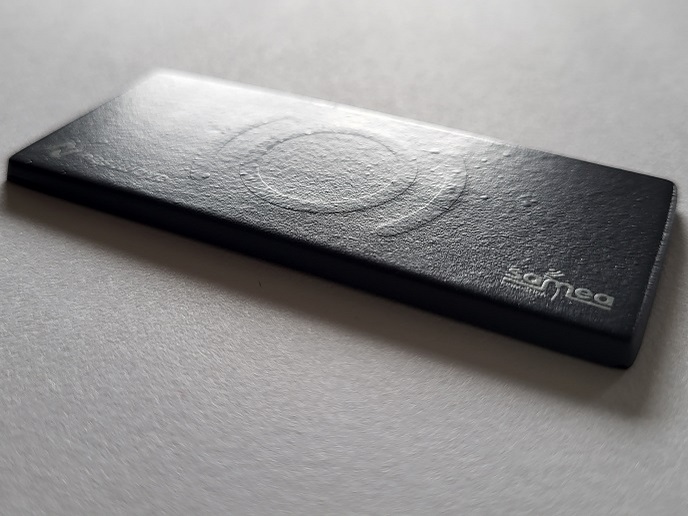Guaranteed security of wireless signals
Conventional encryption algorithms employed at upper layers of most fourth-generation (4G) wireless systems were considered nearly unbreakable due to the computational complexity involved. However, a new generation of super-hackers has shown this assumption to be false.Recent developments based on information theory have demonstrated that physical layer encryption (at the signal level) can provide perfect secrecy of data transmission. EU-funded scientists working on the project 'Applied physical layer orthogonal frequency division multiplexing encryption' (APLOE) investigated this and other friendly jamming technologies that can be used for proven secrecy in data exchange.Physical layer security (PLS) concepts exploit the inherent characteristics of the wireless medium, including fading or noise. In order to evaluate performance, scientists defined the secrecy capacity (SC) as the highest communication rate for which 'encoding schemes exist that simultaneously guarantee reliability in the exchange of information with a legitimate user and perfect secrecy with respect to an eavesdropper'.Initial work focused on systems that use orthogonal frequency division multiplexing (OFDM) in which a signal is broken up, encoded and sent out on multiple carrier frequencies. Most 4G wireless systems including long-term evolution products use it.APLOE proposed the masked-OFDM scheme in which OFDM signals become practically undetectable through masking with a non-orthogonal FDM signal of approximately the same overall bandwidth. In fact, the results take seminal early work on PLS even further by showing that the SC using the structured interferer was even higher than that using a noise-like masker. Scientists investigated several other areas of wireless security, providing new insight into additional applications of PLS, effects on transmission rates and achievable SC.The team succeeded in all its objectives, pointing the way to realisation of perfect secrecy in wireless communications covering a huge global market and numerous sectors of the economy. Proposed PLS technologies will enhance confidence in secure data transmission, providing a boost to e-commerce, e-banking, e-healthcare and a whole host of other services that will enhance the quality of life of EU citizens while ensuring a leading position for the EU in information and communications technology.
Keywords
Wireless, physical layer security, perfect secrecy, secrecy capacity, orthogonal frequency division multiplexing







